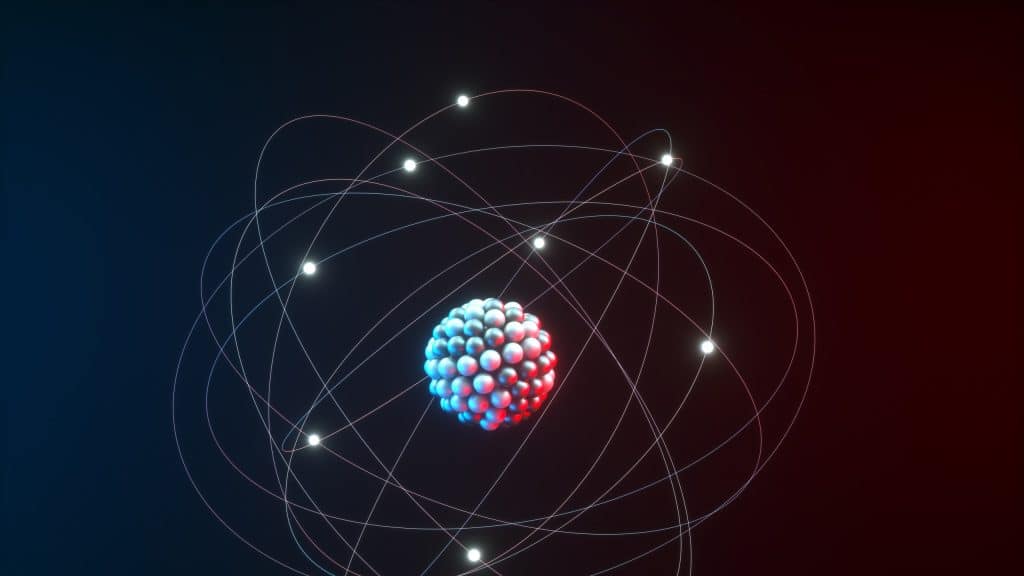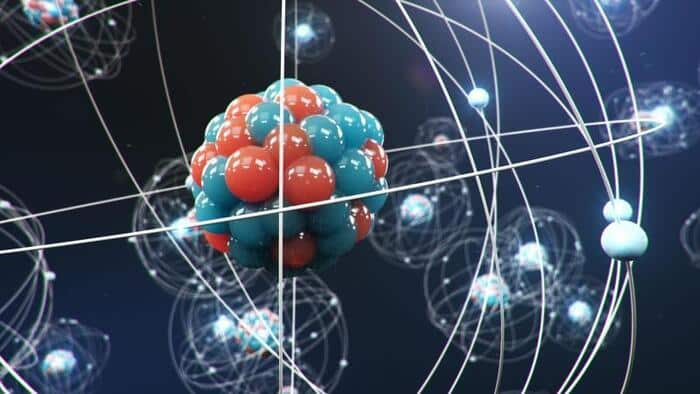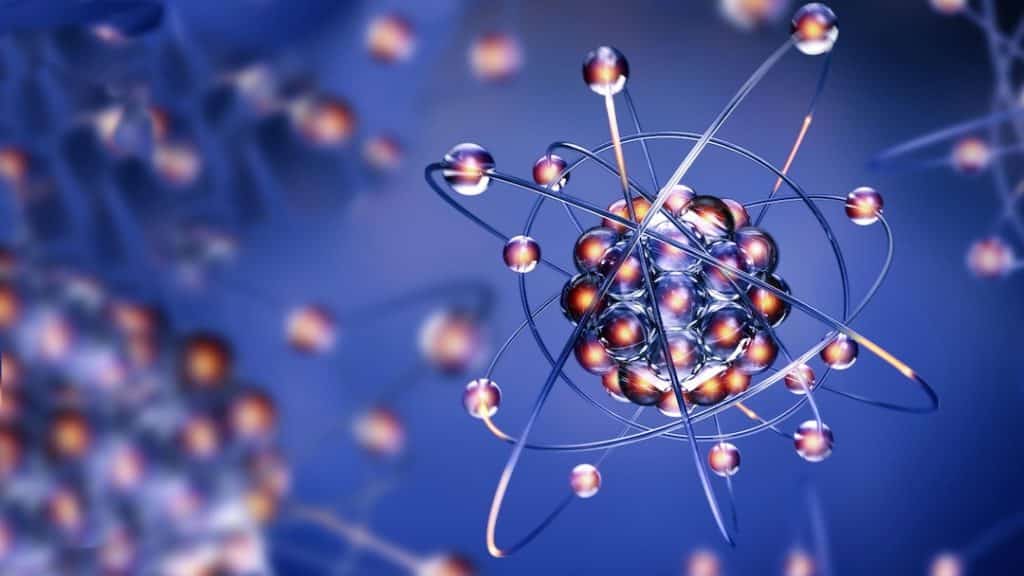First stated by the French physicist Charles-Augustin de Coulomb in the 18th century, “opposites attract and like charges repel” has become a familiar idiom, although famously reformulated by Paula Abdul.
Opposites attract: in some liquids the opposite is true
New research published in the journal Nature Nanotechnology he questioned the law of physics that opposites attract. A team of researchers has discovered that, in some liquids, the opposite is true: similarly charged particles attract each other.
“Since objects with the same charge in vacuum are expected to repel each other regardless of whether the sign of the charge they carry is positive or negative, the expectation is that particles with the same charge in solution will also repel monotonically,” the study researchers said.
To test the hypothesis, the researchers placed charged silica microparticles, measuring 5 micrometers across, a fraction of the width of a human hair, inside water or one of two types of alcohol. By monitoring the charges with a microscope, the team determined that, within the water, the positively charged particles moved away from each other in accordance with Coulomb's law.

The negatively charged particles, however, behaved in a completely different way compared to the “opposites attract” rule: they grouped into tiny hexagonal structures. This effect occurred when the water was made slightly acidic, in a pH window of 5 to 6.5, or as acidic as coffee or milkand disappeared outside this range.
When positively charged particles were placed inside ethanol or isopropanol, the opposite effect was achieved: the positive charges were attracted to each other and the negative ones repelled.
To explain this unusual behavior, the researchers turned to a theory they developed that modeled water as a molecular medium rather than a continuous medium.
“Our standard equations are continuum equations: they don't respect the fine-grained nature of the continuum,” explained lead author Madhavi Krishnan, Professor of Physical Chemistry at the University of Oxford: “It works perfectly in most situations, except when not works”.

By modeling water molecules as tiny electromagnetic dipoles, with a slight negative charge on the oxygen atom and a positive charge around the hydrogen atoms, the researchers found that an “electrosolvation force” arises from the interaction between the oxygen negative and negative silica particles.
This force reduces the overall energy in the system after a proton “jumps” onto the silica particles to decrease their overall negative charge, and occurs at a distinct pH range when the protons in the solution are able to change position.
“You have to be in a pH range where the protons want to go up and down,” Krishnan added. In alcohol, the molecular dipole is reversed, causing the force to be felt between the positive charges, the team found.

Now that the effect has been demonstrated, researchers will use it to better understand biomolecular condensates, a type of cellular organelle that can separate phases of a cell's contents and whose functioning is vital to understanding disease.
“I would be amazed if the fundamental underlying principle wasn't similar,” Krishnan said: “If we can help understand this class of problems, then I think we've added a pretty important concept, because such phenomena are expected to be relevant in human diseases as well. ”.
#Opposites #attract #experiment #contradicts #fundamental #law #physics